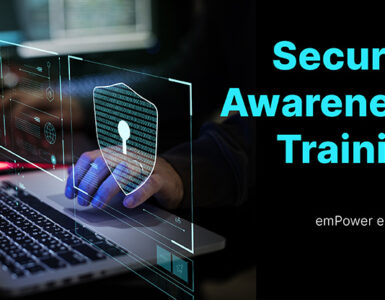I had the pleasure of participating in a small symposium on quality in e-learning last week, organized by Athabasca University and the International Council for Distance Education. One of the things that bothers me about the quality issue is that only seems to reach the top of the agenda when e-learning is involved. The discussion seems to always start from the premise that the quality of e-learning is inherently suspect and we need to ensure it meets the same standard as our face-to-face instruction. In fact, there are no system-wide quality standards for teaching and learning in higher education and most higher education institutions rely almost entirely on student satisfaction and graduation rates as their measures of education quality.
Nonetheless, perception is often more powerful than reality and, according to Frits Pannekoek, President of Athabasca University, distance education and online learning is facing increasing restrictions around the world and its quality is being increasingly questioned. With this in mind, the 13 participants spent a day and a half exploring what the quality issues are, real or perceived, and what the key dimensions of quality should be. We used the Quality On the Line framework as a starting point. Although this was developed on 2000, we found the key categories still relevant:
- Institutional Support
- Course Development
- Teaching/Learning
- Course Structure
- Student Support
- Faculty Support
- Evaluation & Assessment.
Trying to specify the actual benchmarks in each category proved to be much more difficult. At BCIT we have developed our own framework that took into account the Quality On the Line document as well as as several others. Ours is more course-specific, has more specific categories, and doesn’t address institutional factors. The categories are:
- Course Overview & Introduction
- Learning Outcomes
- Assessment
- Course Materials
- Learner Engagement
- Educational Technology
- Course Resources
- Learner Support Resources
Coming back to my opening point, what strikes me about both these frameworks, and the quality in e-learning discussion more generally, is that most of the issues are also directly applicable to all teaching and learning. So if we are going to focus on quality and invest time and effort in developing standards, let’s make sure they are not just applied to e-learning.
Torstein Rekkedal from NKI Norway (one of Europe’s largest online distance education institutions) provided these references:
- Rekkedal, T. (2006): Distance Learning and E-Learning Quality for SMEs – State of the Art. In: Paulsen, M. & Vieira, V. (eds.): An Analysis of E-Learning Experiences in European Small and Medium-sized Enterprises, pp. 11-18. Bekkestua, NKI.
- Rekkedal, T. (2006): State of the Art Report on Distance Learning and E-learning Quality for SMEs. 27 pages. Paper prepared for the EU Leonardo project, E-learning Quality for SMEs: Guidance and Counselling, May 2006.
- Rekkedal, T. (2002): Quality Assurance in Norwegian Distance Education – the Background for NADE’s Quality Standards with Reference to some European Initiatives. In: Hansson, H. (ed.): Eight Contributions on Quality and Flexible Learning. Report 1:2002, pp 27-53.Härnösand, Swedish Agency for Distance Education.
- Rekkedal, T. (1998): Quality Assessment and Evaluation – Basic Philosophies, Concepts and Practices at NKI, Norway: In: Rathore, H. & Schuemer, R. (eds): Evaluation Concepts and Practice in Selected Distance Education Institutions, pp. 39-65. ZIFF Papiere 108, Hagen: FernUniversität, 1998.
- Rekkedal, T. (1996): Quality of Education Produced and Delivered by Different Institutions.In: Helsinki University of Technology: Open and Distance Learning – Enhancing Mobility in Europe, the Future with Socrates, pp B1-B9. Espoo: European Commission/Helsinki University of Technology.
- Ljoså, E. & Rekkedal, T. (1994): From External Control to Internal Quality Assurance: The Background for the development of NADE’s Quality Standards for Distance Education. In: EDEN: Human Resources, Human Potential and Human Development: the Role of Distance Education. Proceedings 1994 EDEN Conference, pp 153-166. Tallin: EDEN.
- NADE – Norwegian Association for Distance Education (1993): Quality Standards. Oslo: NADE.




